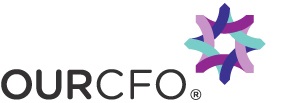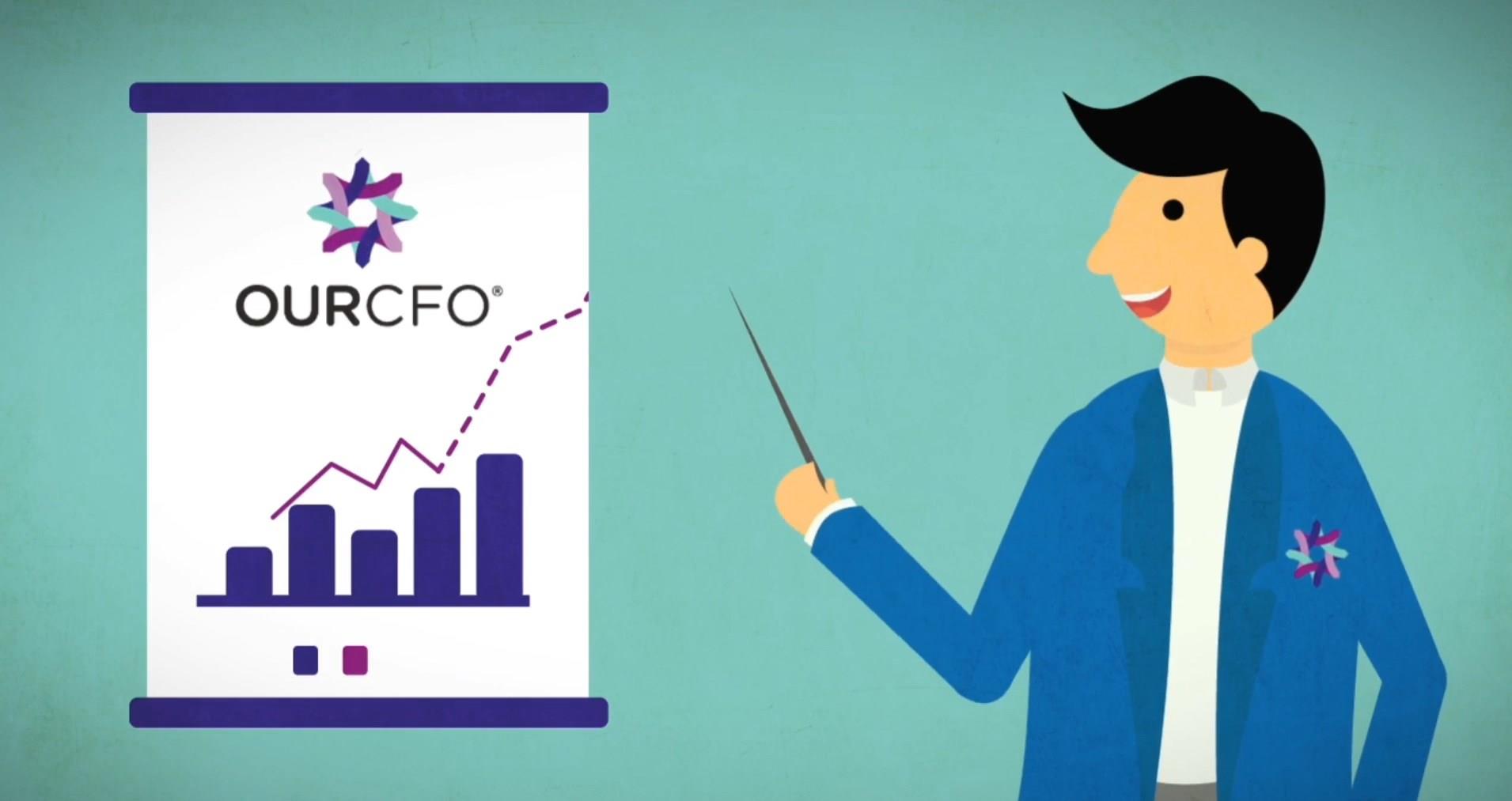

Having spent the first 15 years of my career as a tax accountant, there was a certain predictability about how a meeting would go when explaining a client’s tax returns to them. It would go something like this:
‘Mr Client, you had a great year last year, your business made a profit of $xx. Congratulations on your result. What that means is, after tax adjustments, your tax payable is $yy.’
What often occurred at this point was disbelief demonstrated by the client’s jaw dropping onto the desk. ‘But I don’t have $xx in the bank! How can that profit number be? And now I have to pay that amount in tax! It doesn’t make sense.’ Have you ever had that experience before?
The difference between profit and cash is a common misunderstanding of those in business, which is very sad because it is essential, an absolute must know. Getting this part of your business wrong can lead to financial disaster.
I am going to share with you the five places that profit goes to. Once these five areas have been taken off your profit, you’ll either have positive cash flow or negative cash flow.
There you have it. All five items above come off your profit. If the above five items are greater than your profit, you will have negative cash flow. If they are less than your profit, you will have positive cash flow.
A great exercise you can do for yourself is to work out what your five areas add up to. It will tell you how much profit you have to make to breakeven from a cash flow point of view.
The difference between profit and cash, critical to the survival of your business.